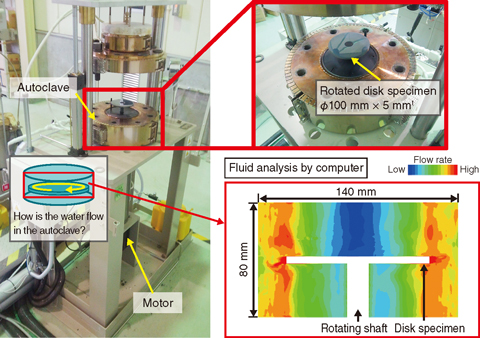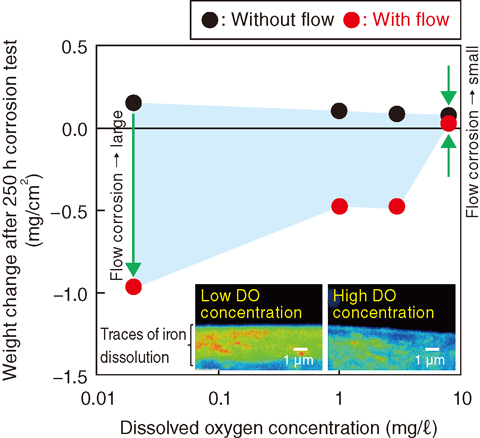
Fig.9-28 Appearance of a corrosion test apparatus for a rotated disc specimen

Fig.9-29 Relation between dissolved oxygen concentration and weight change (degree of corrosion) after corrosion test of 250 h
A fusion blanket is a component surrounding fusion plasma and converts fusion energy into thermal energy using high-temperature pressurized water as a coolant. It is important to investigate the corrosion behavior of a structural material for robust design of a blanket. Since the coolant water has a maximum flow rate of 5 m/s, it is worrisome that corrosion will be accelerated by the flow. Therefore, we developed a corrosion test apparatus for a rotated disc specimen to simulate the water flow condition in the blanket (Fig.9-28). We performed the corrosion test in flowing high-temperature water using this apparatus.
Based on the results obtained from the corrosion test under various dissolved oxygen (DO) concentrations (Fig.9-29), all the specimens demonstrated a weight gain after the corrosion test without the water flow. This was caused by oxidation of the specimen. On the contrary, weight loss was observed after corrosion tests under a water flow condition and was significant when DO concentrations were low. By increasing the DO concentration up to 8 mg/ℓ, the weight loss was successfully suppressed and so was the flow-assisted corrosion (![]() in Fig.9-29).
in Fig.9-29).
For a clear understanding, a cross-sectional observation of the specimen was conducted. The thick iron-poor layer that formed as a result of the dissolution of iron was observed on the specimen under lower DO concentration, while there was no thick iron-poor layer on it under higher DO concentration. Therefore it is believed that the dissolution of iron caused the weight loss. Based on the microstructural observation of the corrosion product, it was considered that the dissolution of iron was suppressed by forming hematite as corrosion-resistant oxide on the surface of the specimen tested with high-DO water.
Since water flow corrosion was inhibited by inputting a small amount of dissolved oxygen, we obtained an outlook for water conditioning that demonstrates less corrosion. These results contribute to the determination of cooling water conditions for the fusion blanket and bring us one step closer to the realization of a fusion reactor.
<Previous: 9-10 | Next: 10 Computational Science and E-Systems Research >